Russia’s production plans for airliners that don’t rely on Western parts are at least one year behind schedule, according to Russian sources.
The sanctions against Russia after its escalation of the war in Ukraine in 2022, hit many aspects of its industry. Russian aircraft design and manufacturing sites depended on multiple Western companies for a range of key aircraft parts. And of course, the country’s airlines relied primarily on Western jets and turboprops.
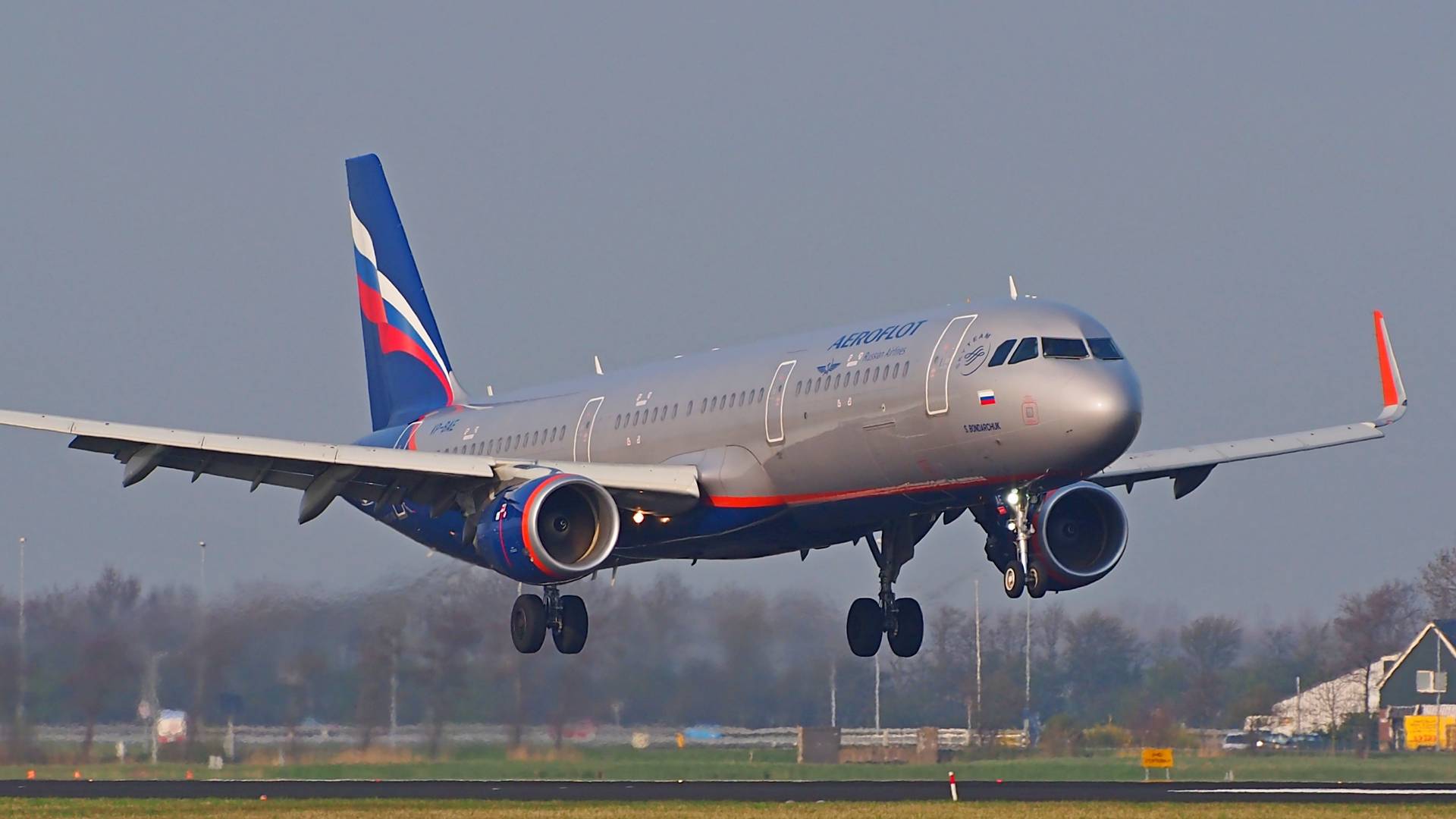
Russia’s airlines felt the effects of these sanctions first, but aircraft production was a close second. Still, many in Russia were optimistic, at least as far as the aviation industry was concerned. Since Russia’s annexation of Crimea in 2014, the country’s industry has been slowly preparing for times with less cooperation with Western countries.
But Russia’s industry was far from ready for full domestic production of aircraft when the sanctions hit in 2022. As we’ve seen, this “Russification” would involve four aircraft. The first was the Tupolev Tu-214, which was already all-Russian, and theoretically in production.
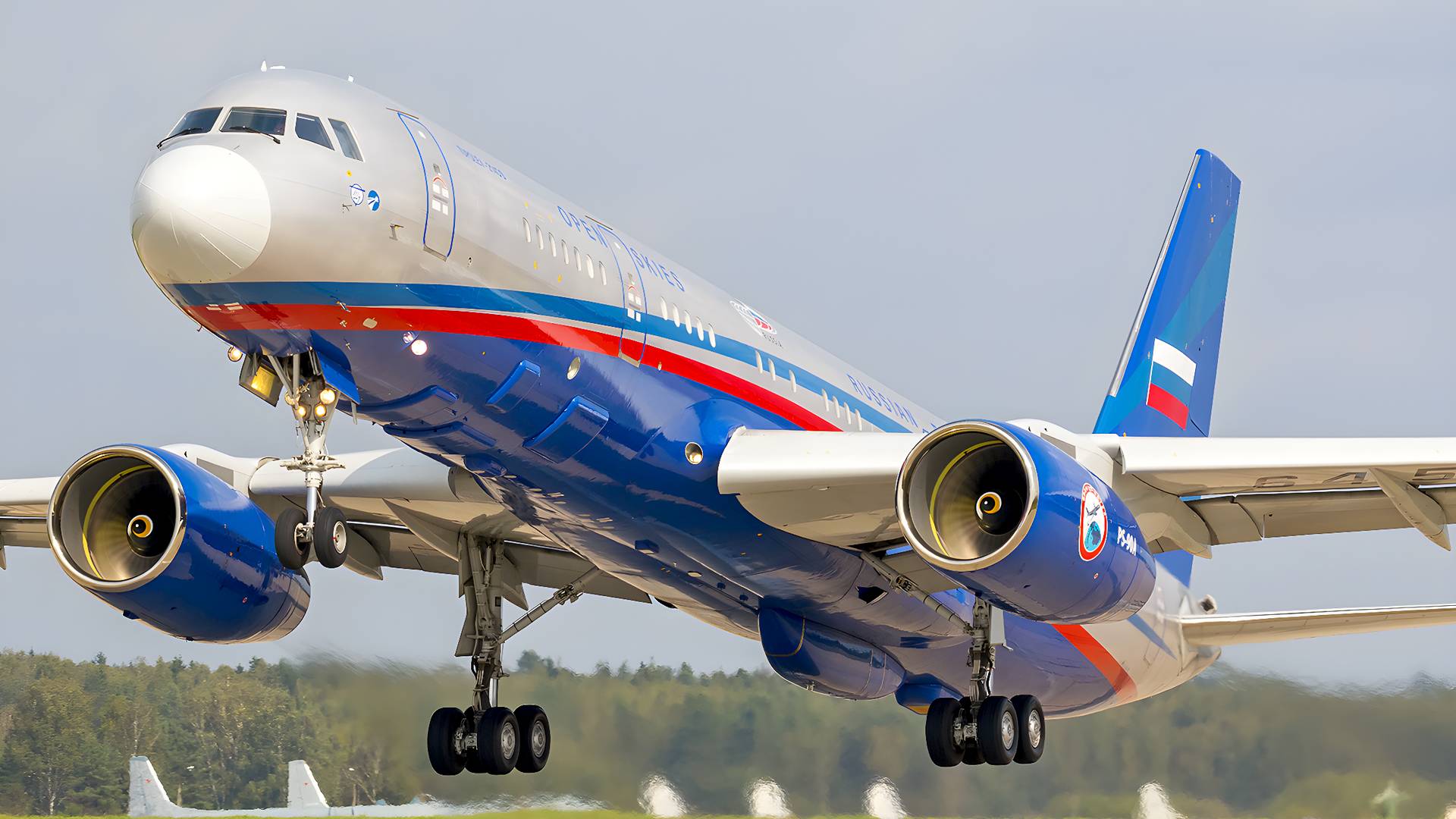
1,000 Russian Aircraft By 2030?
The second was the Yakovlev (formerly Irkut) MS-21, or “MC-21” in Cyrillic. This would have been the crowning jewel of Russia’s commercial aviation industry, using modern composites and production methods. It should have been the first airliner to enter service with active sidesticks. Originally, it would have ultra-efficient Pratt & Whitney GTF engines.
The third aircraft was the Sukhoi SuperJet, or SSJ100, or (more recently) the SJ-100. This aircraft currently has an engine that uses the core of the CFM56 – which is interesting, since the core of the original CFM56 came from the GE F101 engine that powers the B-1 bomber… but that’s another story.
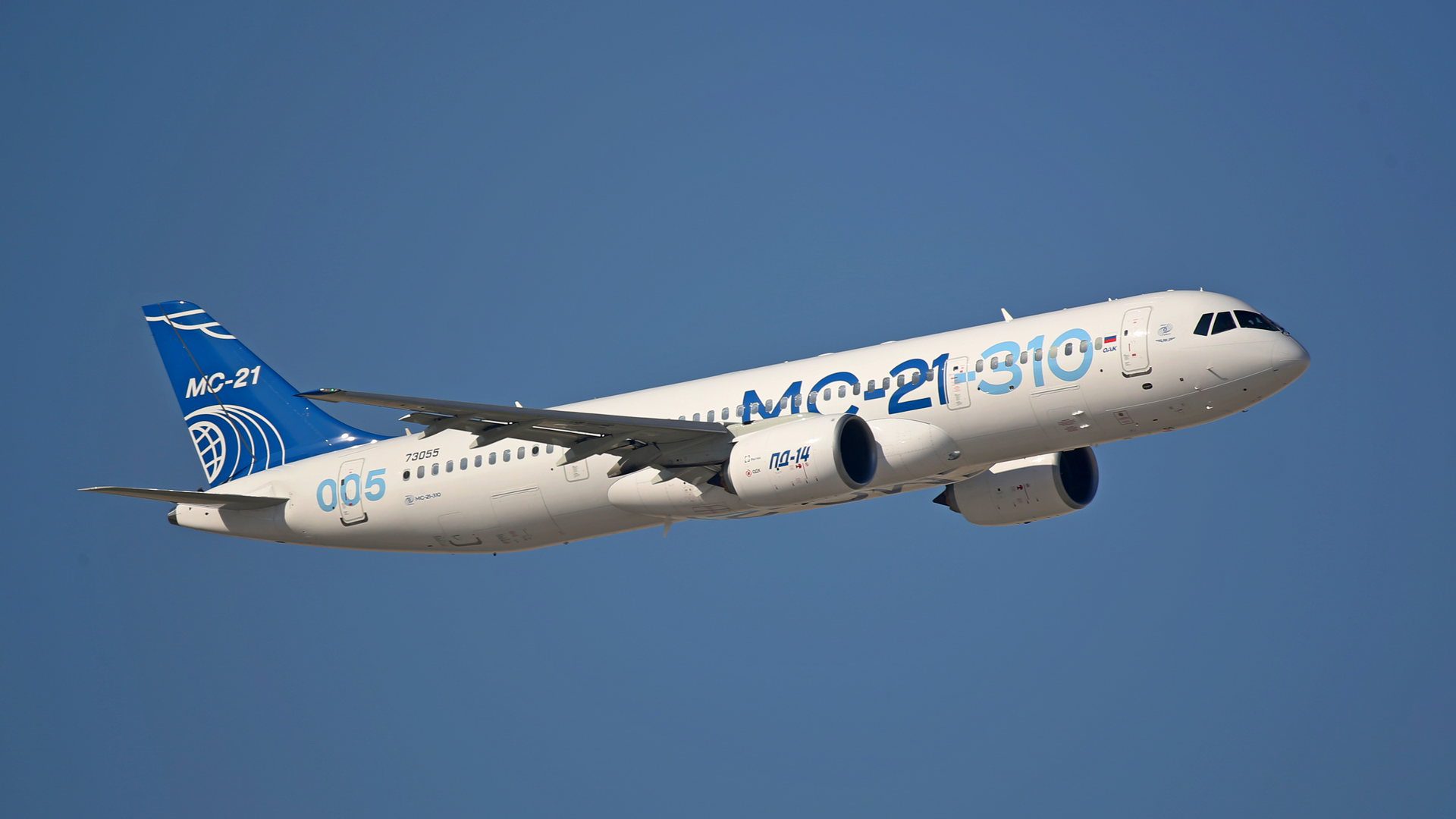
And finally, Russia’s domestic aircraft production would be rounded off by the Ilyushin Il-114-300, a twin-turboprop. This is another aircraft with all-Russian components, which should have been easy to productionize quickly, after years of waning customer interest.
So, the plan was that Russia’s aviation manufacturing companies would hit a production goal of 1,000 airliners, primarily for domestic routes, by 2030. The first stage of this goal involved the production of 600 aircraft.
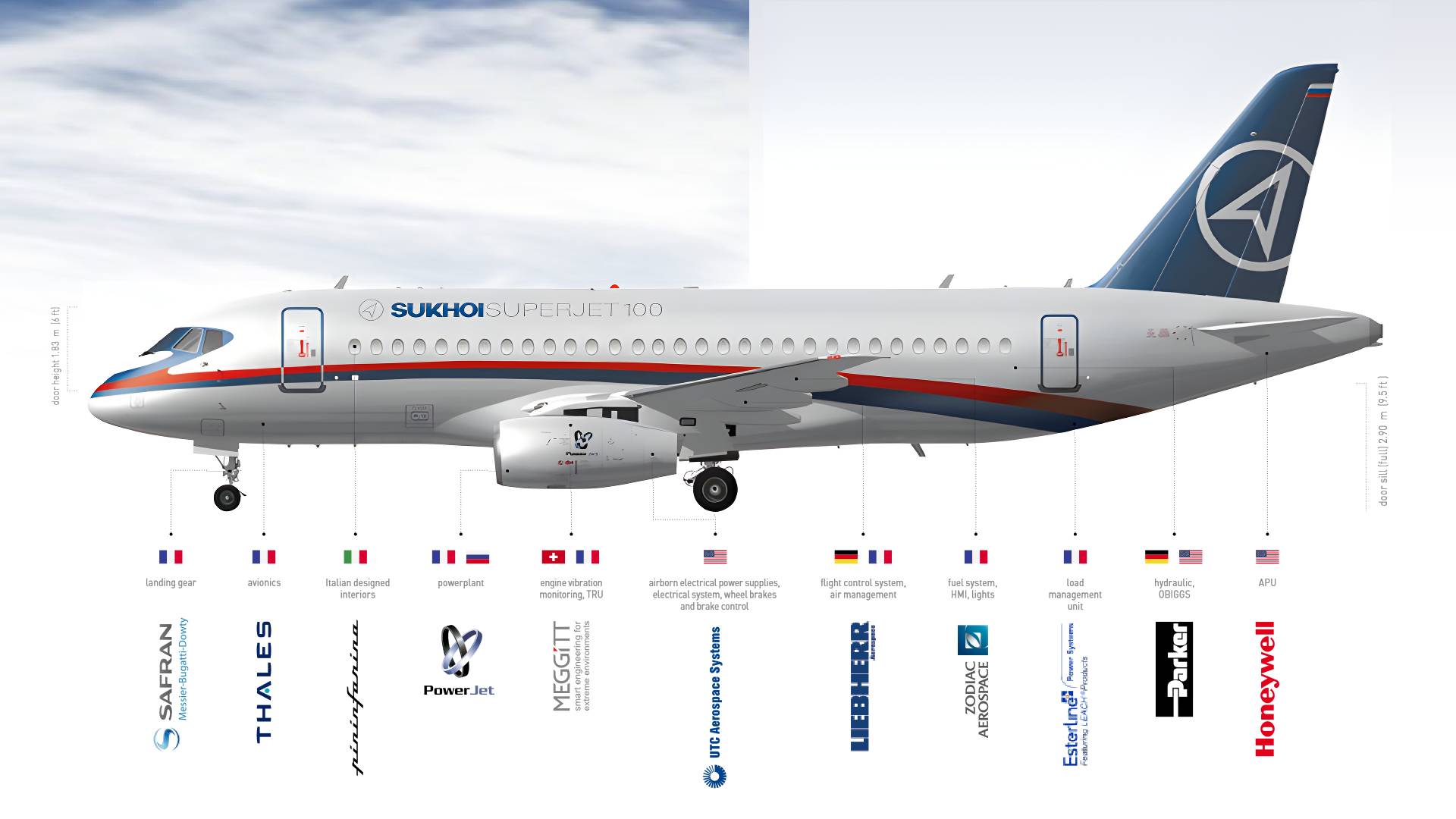
These jets would include 115 Tu-214s, theoretically the easiest to produce. 142 Sukhoi SJ-100s would follow, with Russian Aviadvigatel PD-8 engines. These engines are a shrunk version of the already-certified PD-14, which powers the MS-21, replacing the P&W GTF.
Russia’s Ambitious Production Plans Slow Down (How Much?)
Russia’s initial planning involved the production of 270 MS-21s. Finally, 70 Il-114 turboprops would enter service, slowly replacing types like the ATR72. But all this planning assumed that Russia’s industry would start production of all of these jets from 2023 onwards.
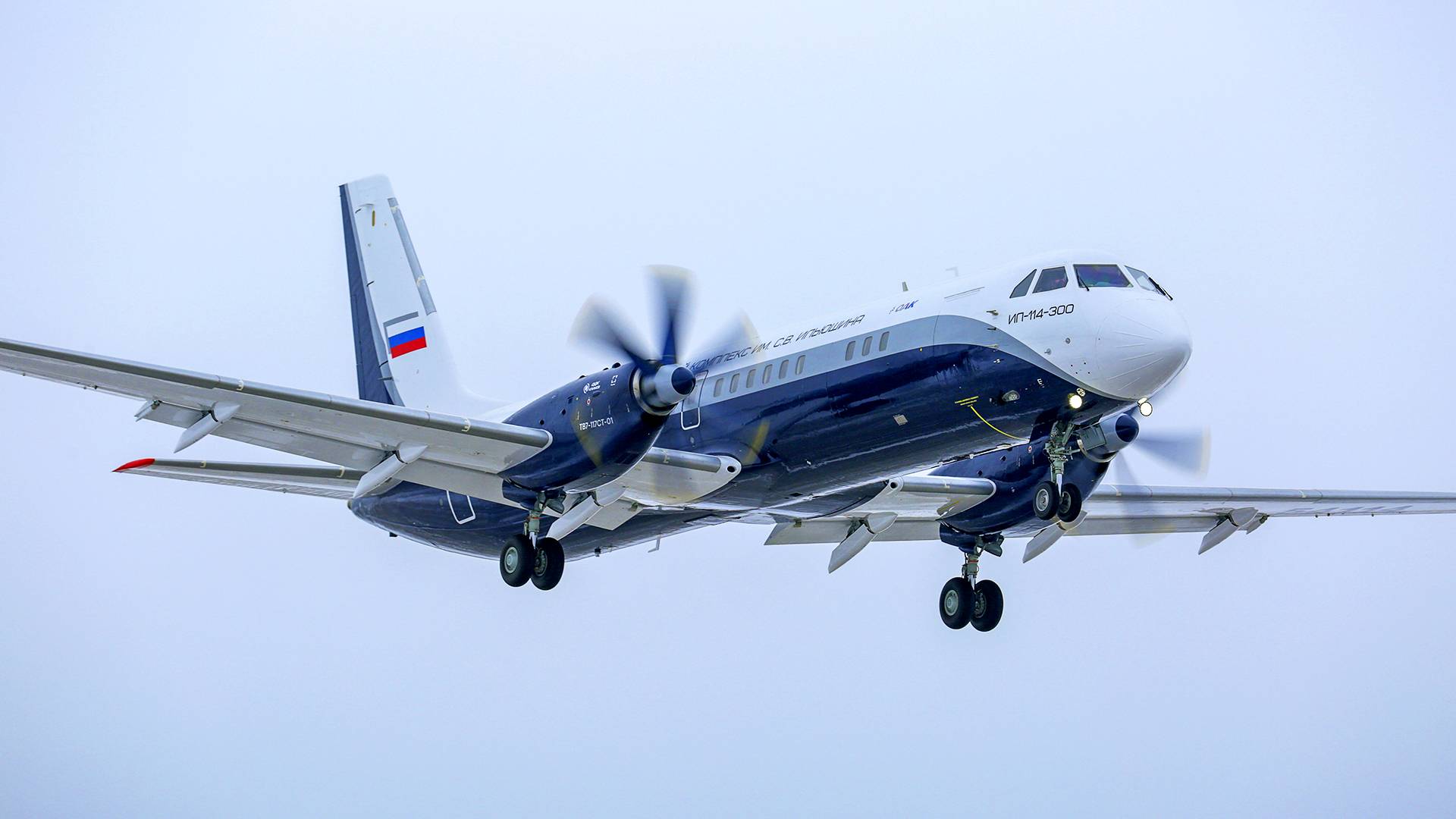
This didn’t work. Small numbers of SSJ100s/SJ-100s (with existing engines and other parts) entered service from 2022 onwards, but little else has happened. Current estimates put the first deliveries of the MS-21 in 2025. The Il-114-300 and the fully Russified SJ-100 won’t get delivered until even later, in 2026.
In theory, six MS-21s should enter service in 2024. Russian sources now confirm that this won’t happen. Plus, there is little mention of Russia’s “stop-gap” Tupolev Tu-214, either in production plans or airline orders.
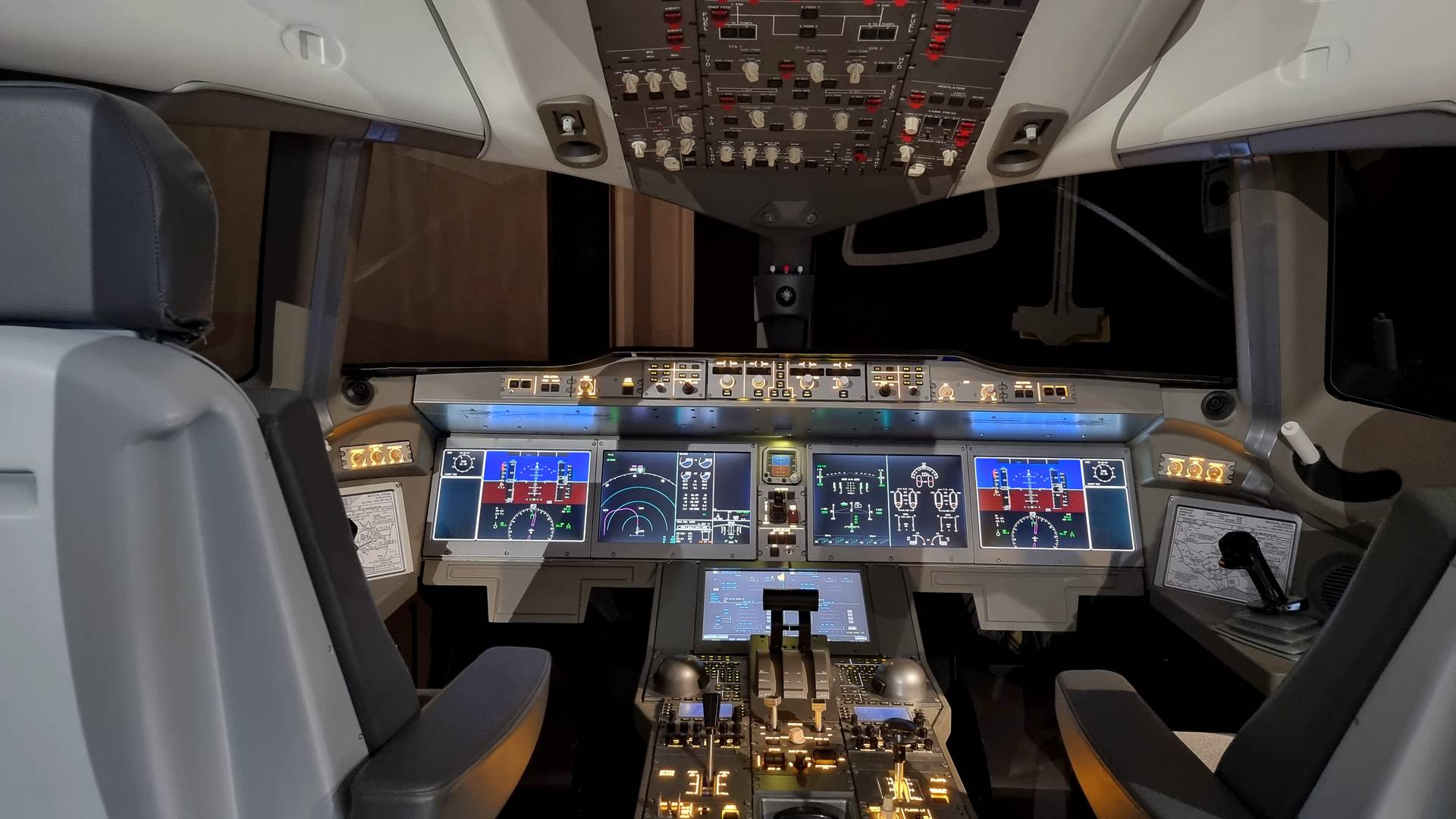
As we’ve seen in previous articles, the engines of these aircraft are only part of the challenge in their “Russification”. In the case of the MS-21 and SJ-100, their avionics, electrics, hydraulics, actuators, landing gear, and other cockpit and cabin equipment, all rely on a multitude of Western countries and companies.
Designing, testing, and replacing all of these parts and systems is a daunting task. But beyond this, productionizing even the already all-Russian Tu-214 and Il-114 is proving to be a very slow process. So slow that the estimate of an overall production delay of just one year, starts to look rather optimistic.



